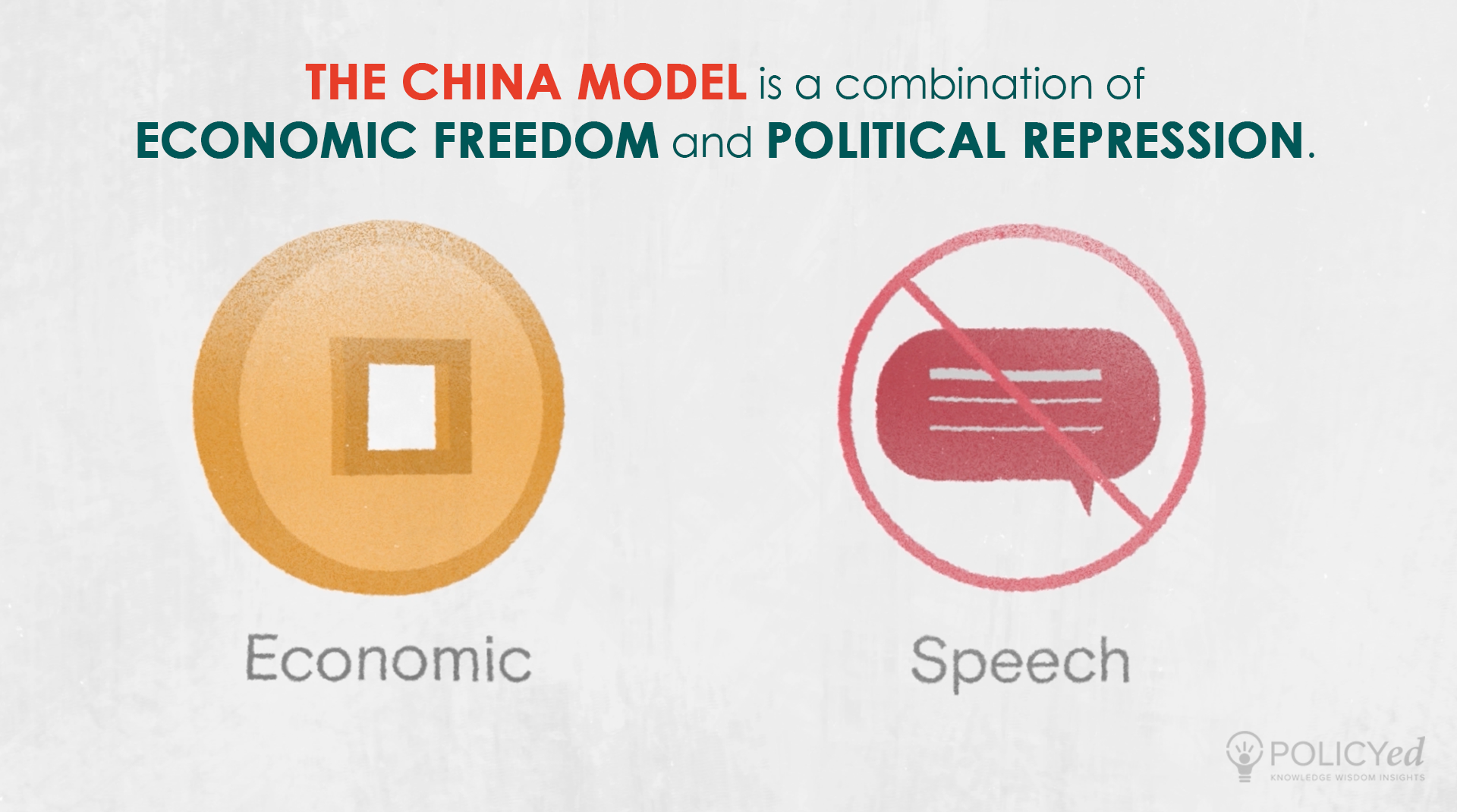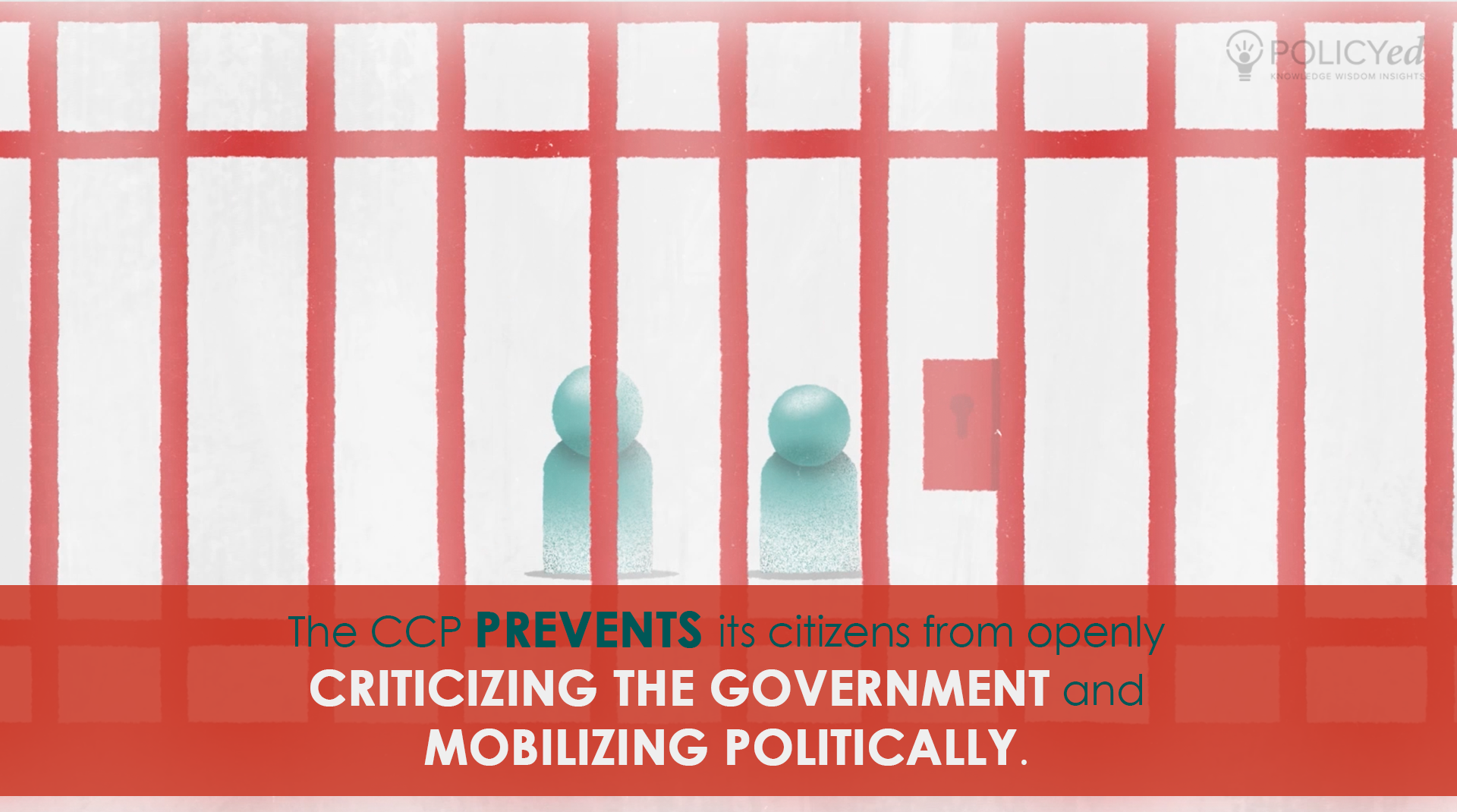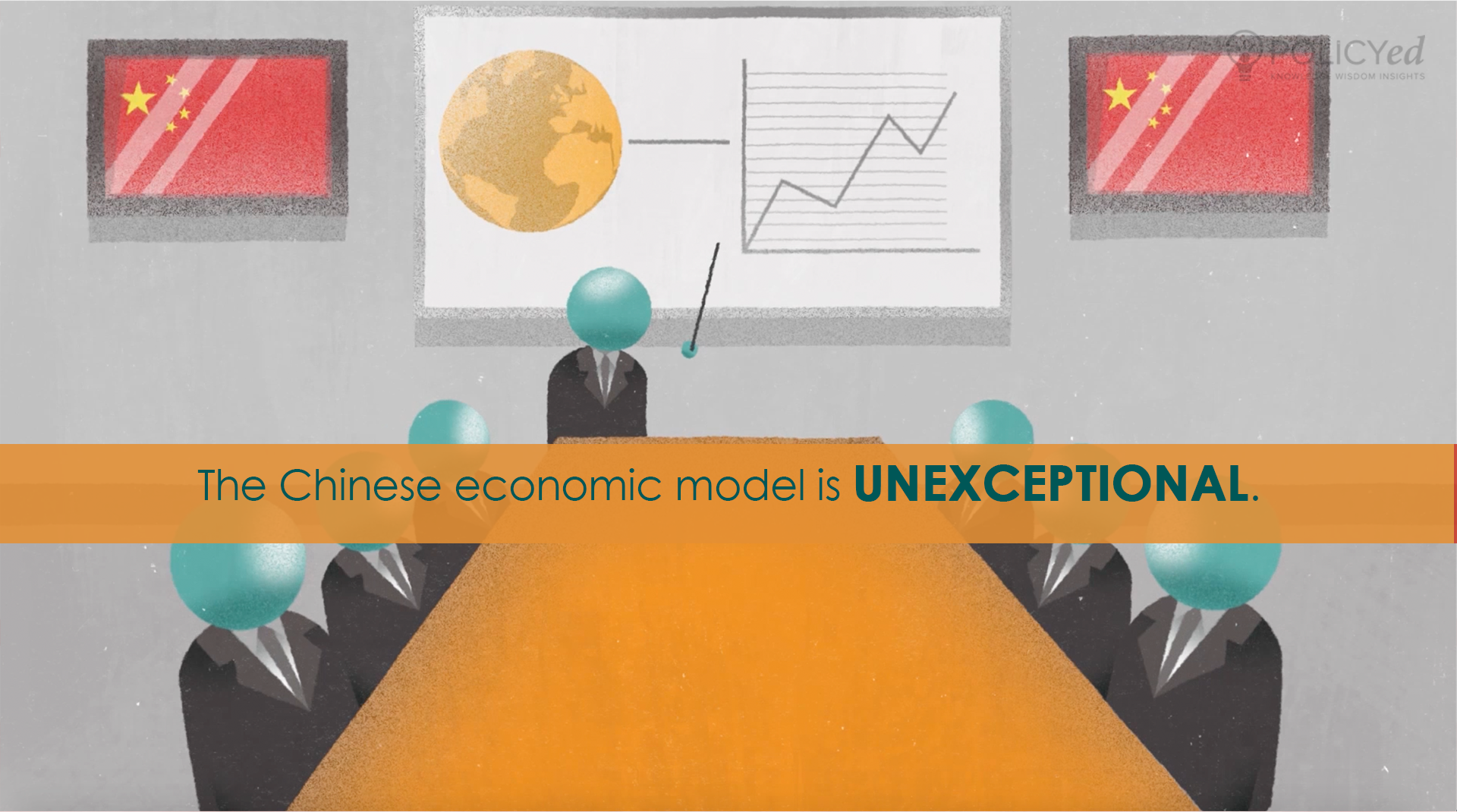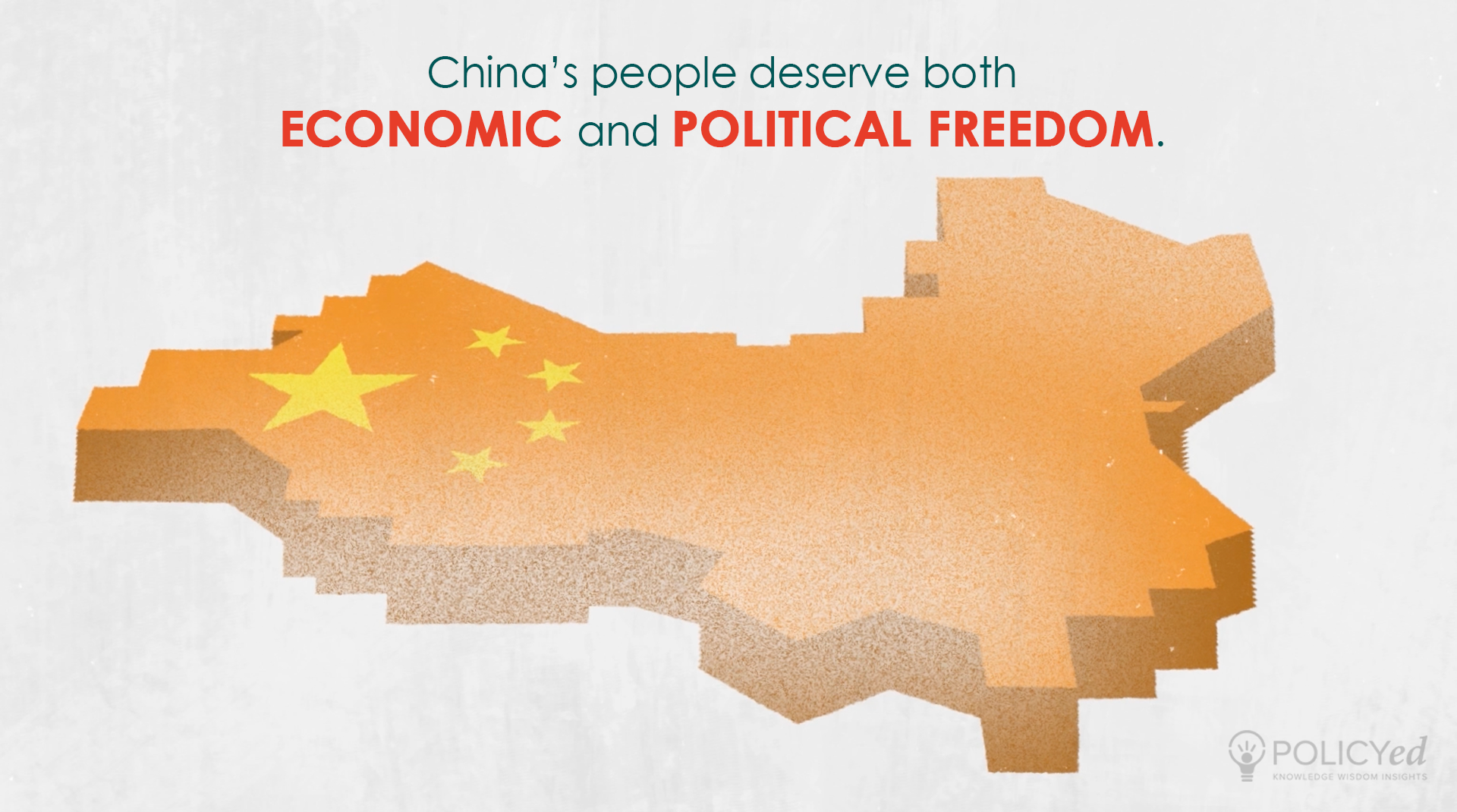Key Facts
The China Model
The benefits of market economies are obvious to even the most authoritarian rulers. But they resist any liberalization of civil or political liberties, since that would threaten their ability to hold on to power. For that reason, authoritarian rulers often look to China as a model for “growth with stability”—in this case, stability of political leadership. The China model is often described as a combination of economic freedom and political repression.
Maintaining Control
The Chinese Communist Party has maintained its political control in part because it has embraced markets enough to provide economic opportunities for many of its people. But the Chinese Communist Party also uses its influence to control the media, censor internet content, and suppress its competition, preventing its citizens from being able to openly criticize the government and mobilize politically.
Unexceptional Exceptionalism
Ultimately however, the Chinese economic model isn’t as successful as many believe. Measured against other countries that have transitioned from authoritarian to democratic forms of government and whose citizens are just as rich, China does not stand out as providing better social welfare, such as health care and education, for its people.
The Importance of Freedom
Since the political system is closed, democratic norms and institutions like transparency, independent courts, and enforceable property rights are not assured in China. That encourages corruption and constrains healthy economic growth. China’s leadership appears to be committed to its model of authoritarianism mixed with capitalism. But its people deserve both economic and political freedom.




